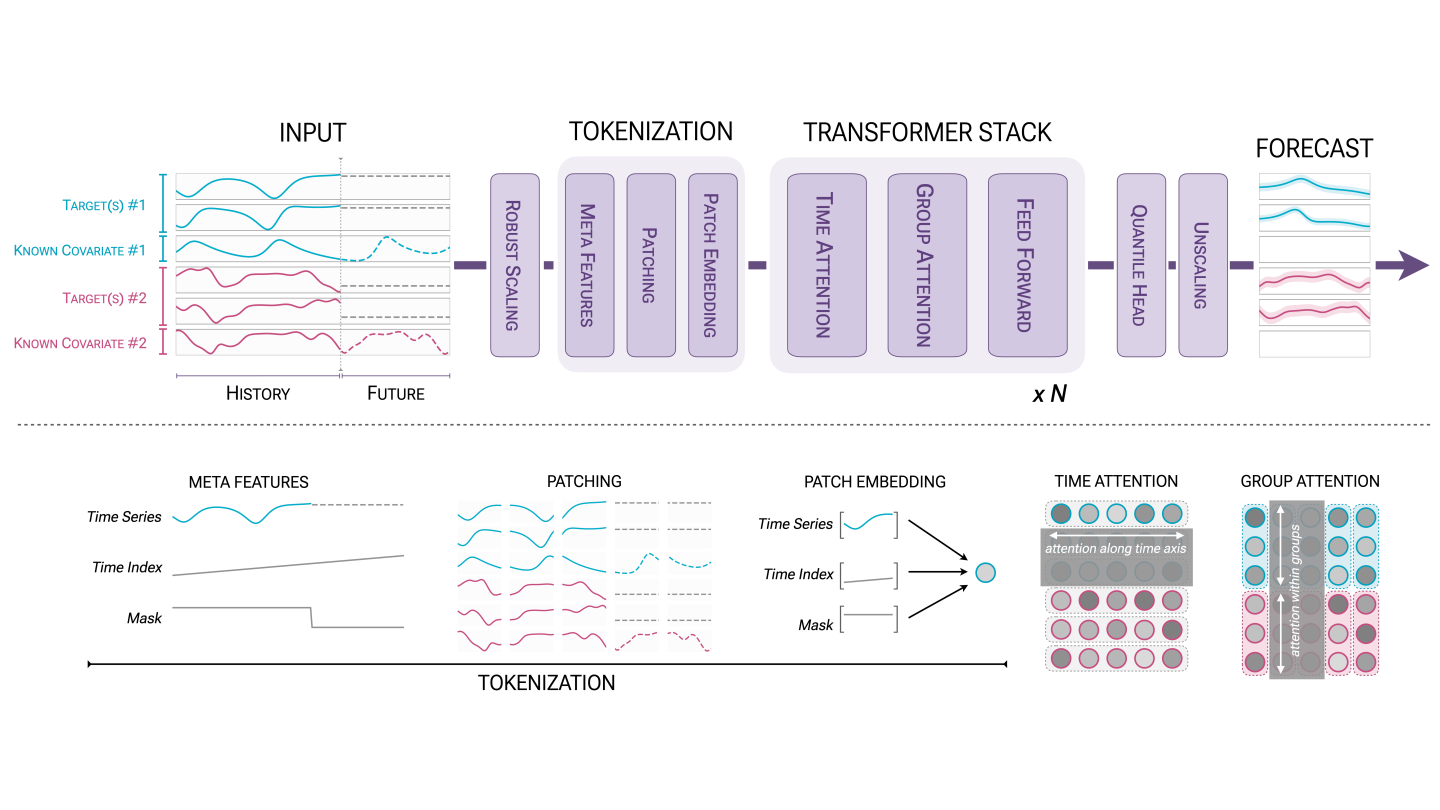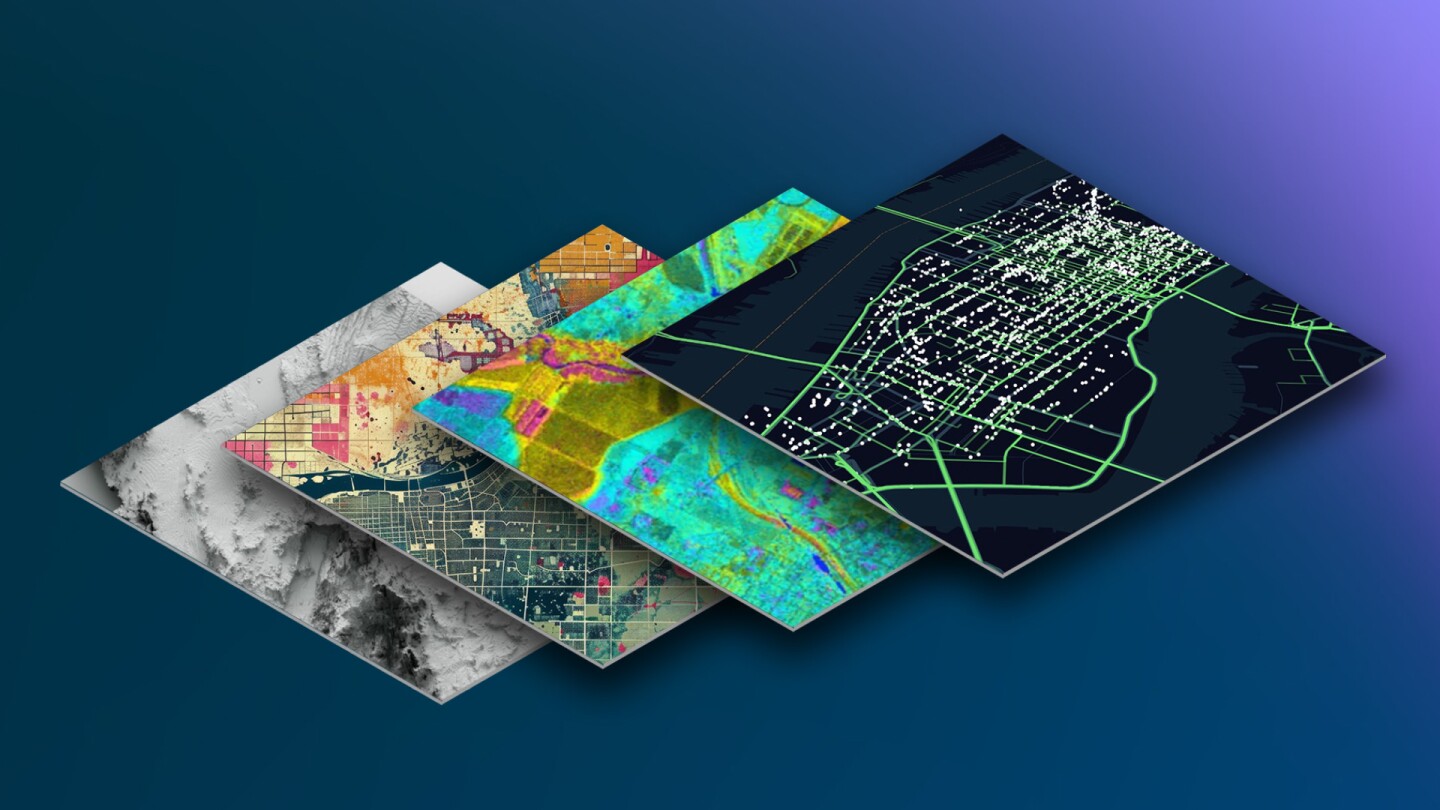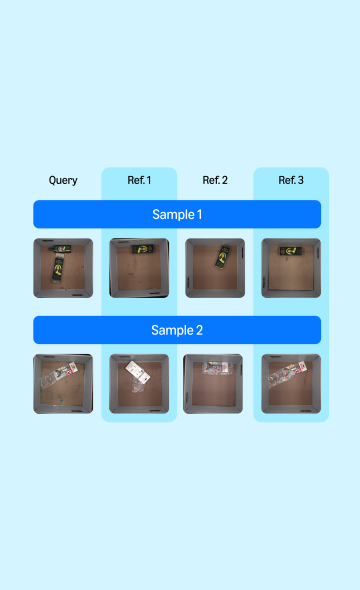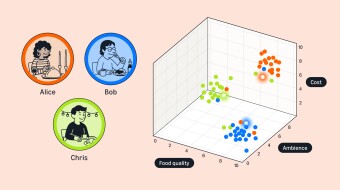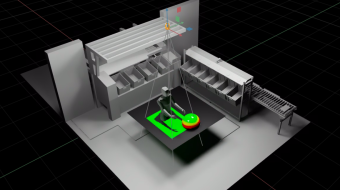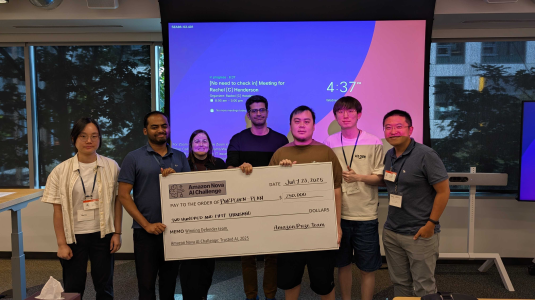Customer-obsessed science
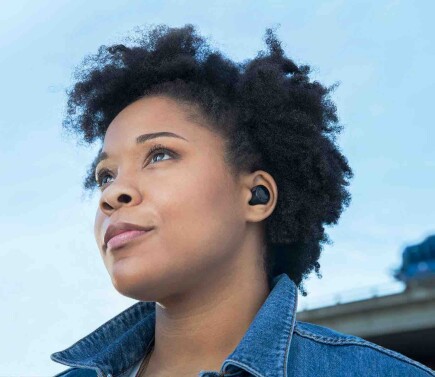
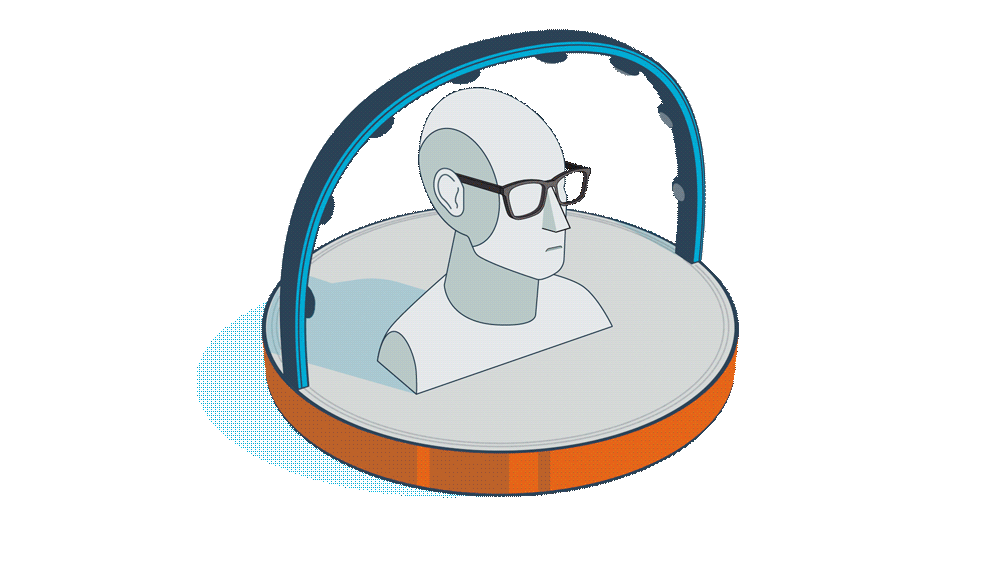
Research areas
-
November 6, 2025A new approach to reducing carbon emissions reveals previously hidden emission “hotspots” within value chains, helping organizations make more detailed and dynamic decisions about their future carbon footprints.
-
-
Featured news
-
2025Given a semi-structured knowledge base (SKB), where text documents are interconnected by relations, how can we effectively retrieve relevant information to answer user questions? Retrieval-Augmented Generation (RAG) retrieves documents to assist large language models (LLMs) in question answering; while Graph RAG (GRAG) uses structured knowledge bases as its knowledge source. However, many questions require
-
2025Large language models (LLMs) encode vast amounts of world knowledge acquired via training on large web-scale datasets crawled from the internet. However, the datasets used to train the LLMs typically exhibit a geographical bias towards English-speaking Western countries. This results in LLMs producing biased or hallucinated responses to queries that require answers localized to other geographical regions
-
QIP 20252025Determining the quantum capacity of a noisy quantum channel is an important problem in the field of quantum communication theory. In this work, we consider the Gaussian random displacement channel Nσ, a type of bosonic Gaussian channels relevant in various bosonic quantum information processing systems. In particular, we attempt to make progress on the problem of determining the quantum capacity of a Gaussian
-
2025In real-world NLP applications, Large Language Models (LLMs) offer promising solutions due to their extensive training on vast datasets. However, the large size and high computation demands of LLMs limit their practicality in many applications, especially when further fine-tuning is required. To address these limitations, smaller models are typically preferred for deployment. However, their training is
-
ACM SIGOPS 2025 Workshop on Hot Topics in Operating Systems2025A metastable failure is a self-sustaining congestive collapse in which a system degrades in response to a transient stressor (e.g., a load surge) but fails to recover after the stressor is removed. These rare but potentially catastrophic events are notoriously hard to diagnose and mitigate, sometimes causing prolonged outages affecting millions of users. Ideally, we would discover susceptibility to metastable
Collaborations
View allWhether you're a faculty member or student, there are number of ways you can engage with Amazon.
View all












